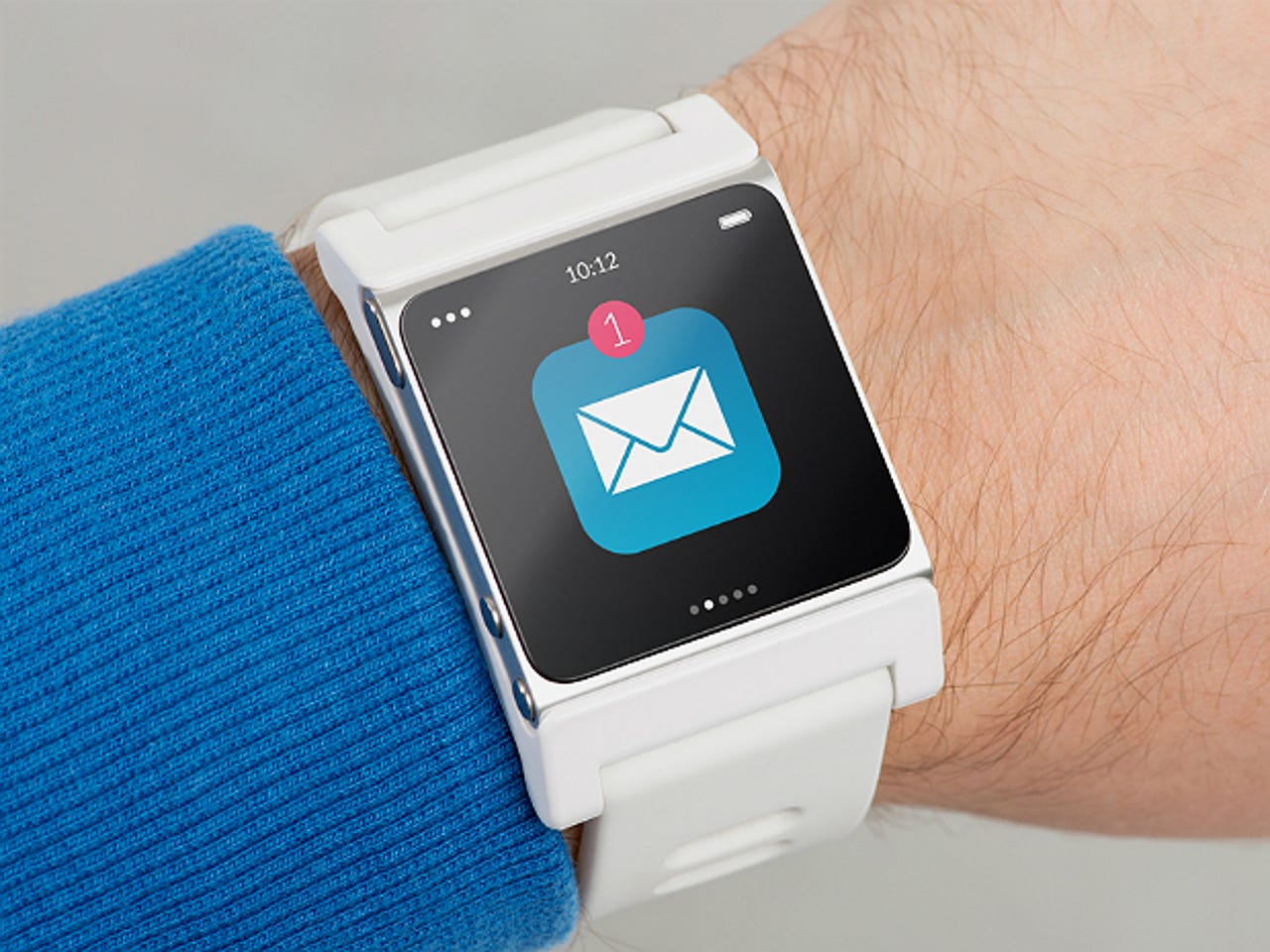Smartwatches and wearables: A chaotic market stuck in the dark ages


Smartwatches are getting better, but the technology is still in the dark ages with big obstacles to overcome before it's ready for the mass market.
Many of the wearables sold so far have been pretty poor — indeed, it's entirely possible to see the wearables market right now as a massive trial of (at best) beta-stage technology.
"The wearables market is in its Stone Age right now. There needs to be huge improvements to broaden their appeal," said Marina Koytcheva, director of forecasting at analyst CCS Insight.
The failing is particularly acute when it comes to devices for women, she said. "Wearables need to quickly move on from black, clunky devices; fortunately we're starting to see the first steps in this direction."
According to CCS Insight, 22 million wearable devices will be shipped this year — more than double last year's 9.7 million total.
"The market is still in a chaotic stage of development, and there's still a huge amount of uncertainty," Koytcheva said. "Every category faces different risks: the way people use wearables is still changing, one type of device could kill sales in another category, people are unsure whether some wearables are socially acceptable, and intellectual property rights are a minefield."
The analyst predicts that within four years, shipments of wearable devices could hit 135 million — compare that to the 315 million PCs sold last year, and the nearly one billion smartphones.
The analyst predicts that wrist-worn devices will account for 87 percent of wearables shipped in 2018 – made up of roughly 68 million smartwatches and 50 million smart bands, with either no screen or with a minimal, one-line display.
Fitness trackers are the fastest-growing category, because they have a clearly defined purpose and are relatively affordable. CSS Insight said fitness trackers will account for over half of the 35 million wearables in use at the end of this year.
Before the iWatch: A history of smartwatches, in pictures
CCS Insight said smartband manufacturers will try to extend their product ranges by adding devices with screens. In the longer term, as smartwatches broaden their appeal and prices fall, they are likely to displace fitness bands and become the most-used form of wearables.
North America currently leads the way in terms of adoption of wearable tech: 5.2 million wearables were sold in North America in 2013, and more than 40 percent of all wearable devices currently in use are there. Western Europe is catching up and from 2016 is expected to buy more wearables than North America, the analysts predicted. Adoption will be slower in emerging markets and primarily driven by tech-savvy, affluent users.
One type of wearable category that will become much more prominent in the second half of 2014 is standalone cellular wearables. The analysts said a number of high-profile devices with their own SIM cards will be announced in the coming months — but these will face an uphill battle as consumers will be reluctant to take out another contract with their mobile operator.
Still, most of what is happening with smart wearables at the moment is based on the assumption not that there is unfulfilled consumer demand, but that Apple is going to unveil a smartwatch soon, and none of its rivals want to get caught napping. Koytcheva said: "History shows us that when Apple enters a market it can reshape the way people think about a product."